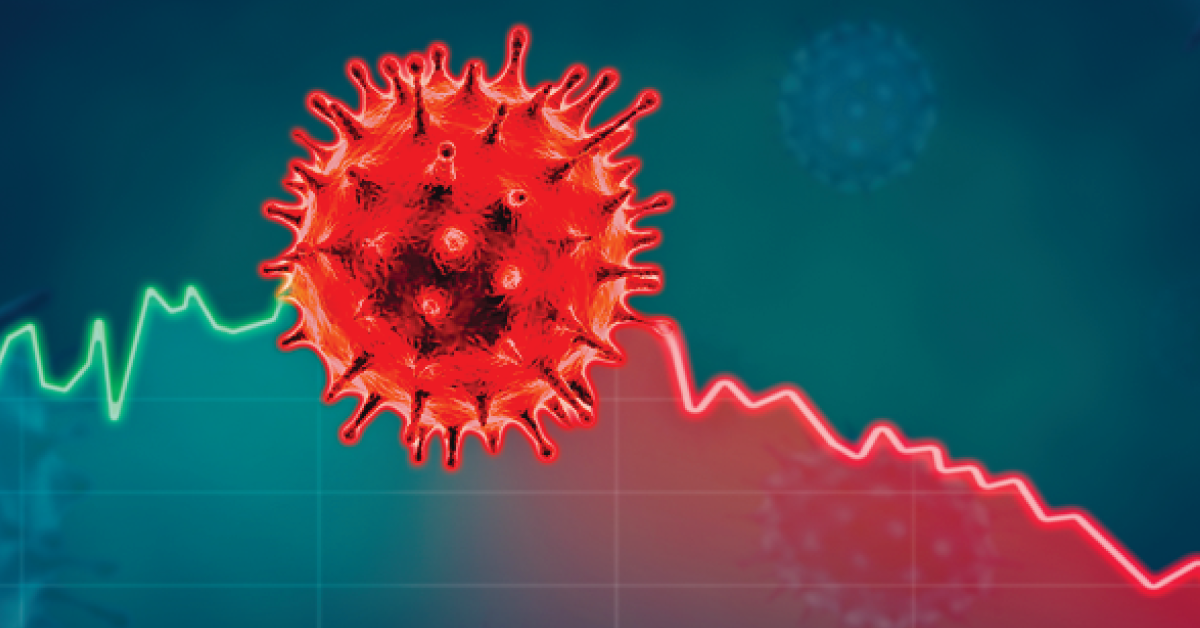
Breast Cancer is the second most deadly cancer after cervix cancer in women. The risk factors include family history. If it runs in your family you are likely to have the same. The mutation of the genes due to carcinogen can also cause breast cancer. Avoid tobacco and alcohol if you feel that you are prone to cancer. Living life with a good lifestyle is really important. The symptoms change in the shape and size of the breast. Nipple discharge can be bloody as well. Retraction of the nipple makes the diagnosis easy. It’s important to note that changes in the skin of the nipple like redness, orange skin and rashes can be easily noticeable. Treatment includes radiation and chemotherapy.
What are the 7 warning signs of Breast Cancer?
The first sign of breast cancer is formation of new lump or thickened breast tissue. But this is also true that not all breast lumps are cancerous. Visit your gynaecologist for the same who will examine your thickened breast tissue. Second sign is change in shape and size. You could see a change in one of the breast with shape. You can see one breast enlarged or change in colour. This can be seen while you move your arms. Third is fluid discharge from nipples. It can be bloody or mucus from nipples. Fourth, you should look for changes in your armpits. Especially near to apical areas because it has lymph nodes and the spread is very normal. If you observe any extra mass of fat lump go see a doctor as soon as possible. The next thing to observe is puckering, redness, dimpling and rash. This is seen near the breast tissue. Your skin can appear as a small orange peel which is a noticeable change and you should visit your doctor immediately. Apart from breast tissue you can observe changes around the nipple too. This can be seen as redness, eczema, around the nipple. Scaling can also be seen around the nipples. This can surely indicate breast cancer. There is a rash even on the nipples which is easily visible on the nipples. Apart from the change around the skin of the nipples you can also observe change in the shape of the nipples. You can observe retraction or inversion of nipples. Although these signs are mostly found in women, they can be found in men too. Because men also suffer from breast cancer but it’s rare!
Breast Cancer : Causes and Treatment
Cancer is the result of the mutation of the genes of the body. These genes are responsible for healthy growth of the cells. This abnormal proliferation in the breast is called breast cancer. Breast cancer cells may continue to divide without halt. Some patients don’t show any symptoms especially in early stages. The women are advised to go for examination if you observe these symptoms. This includes nipple discharge, this could be bloody as well. Change in the skin and shape of the breast should make you visit your doctor. Monthly self examination is important in case of females who are prone to gene mutation. The factors include genetic factors. If you run in your family you are likely to have it. Mutation in your genes is due to lifestyle. Alcohol and smoking are other causes of breast cancer. Early onset of menstruation during puberty also makes the women at higher risk. Girls who start bleeding early, before 12 are at higher risk of breast cancer. If you see your daughter has early menstruation, make sure to visit your gynaecologist. Sedentary lifestyle is also responsible for breast cancer. Late menopause makes the women at higher risk of breast cancer. Oral contraceptives which release extra hormones in the body also make the women prone to breast cancer. Clinical examination and mammography can help in the diagnosis of breast cancer. Visit your nearby gynaecologist clinic or book an online consultation for the same. Treatment of breast cancer depends on stage and the type of the breast cancer.The basic procedure is surgery which involves removal of cancerous cells. Operation and radiation therapy that destroys the cancer cells. The radiation therapy uses a high energy range. Next therapy is chemotherapy which treats breast cancer with medicine. This makes sure that there is no incision. Visit a gynaecologist specialist for opting out right treatment.
Classification of Breast Cancers in India
Breast cancers are classified majorly into three types :
Epithelial tumours : This cancer is further divided into three parts : noninvasive carcinoma, invasive carcinoma and papillary lesions. Ductal carcinoma which is part of noninvasive carcinoma consists of malignant cells limited to ducts and lobules by the basement membrane. The myoepithelial cells are preserved. They usually involve the small and medium-sized ducts. The ductal carcinoma can spread throughout ducts and lobules. Thus it can produce extensive leisons involving an entire sector of breast. If this cancer is untreated then it can turn into invasive cancer. Lobular carcinoma In Situ tends to be bilateral and common in young women. Molecular changes associated with mutations of the E-cadherin gene which results in lack of adhesive molecule E-cadherin.
Invasive Carcinoma : It is the most histological type of carcinoma. This can be further divided on the basis of the morphological amd molecular basis. This can involve no special type and special histological type. The special type have distinctive, unique and genetic features. Clinical presentations include well circumscribed mass and mimics a benign lesion. It may present a rapidly growing mass. Lymph node metastases are infrequent. Many medullary carcinomas are BRCA-1 associated carcinoma. Medullary carcinoma has a slightly better prognosis.
Tumours of the nipples : The tumours of nipples include paget disease of the nipple. It is a rare manifestation of ductal carcinoma, either in situ or invasive. The clinical manifestations are erythematous eruption in the region of the nipple and areola with a scale crust. Itching is very common and the lesion may be mistaken for eczema. Palpable mass in the breast is present in 50-60% of women and shows an underlying invasive carcinoma. Majority of the women without a palpable mass have only a type of benign mass.
Fibroepithelial tumours : The tumours that arise from the fibroadenoma and phyllodes tumours. This is the most common benign female breast. The age group that is affected is 20 to 30 years. It arises from intralobular stroma. The patient will see a doctor and might have movable mass. Phyllodes tumours are a group of circumscribed biphasic neoplasm characterised by a double layered epithelial component arranged in clefts surrounded by a hypercellular mesenchymal component typically organised in leaf-like structure.
Male breast Cancer
Gynecomastia is another term that is used to define the enlargement of the male breast due to hypertrophy and hyperplasia of stromal and glandular components. Male breast cancer is due to hormonal imbalance. Gynecomastia may occur due to an imbalance between oestrogen and androgens, the male hormones. The various causes of the same are because of hyperestrinism. Cirrhosis and hormonally active tumours (leydig cells tumour of testis, hCG-secreting, germ cell tumours, lung carcinoma Or others. Drugs that can produce this effect are phenytoin, reserpine and digitalis? The clinical features are unilateral and bilateral. Usually centred below the nipple as button-like subareolar enlargement is an important point in contrast to carcinoma which tends to to be located eccentrically.

